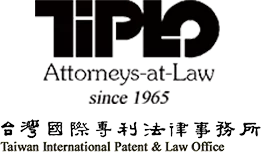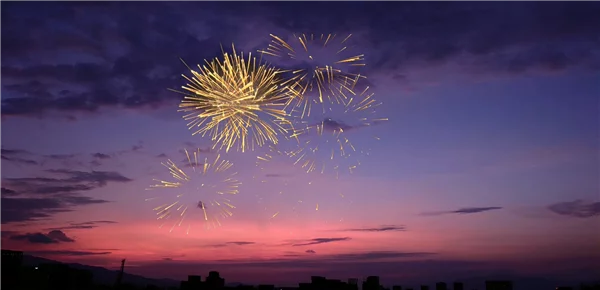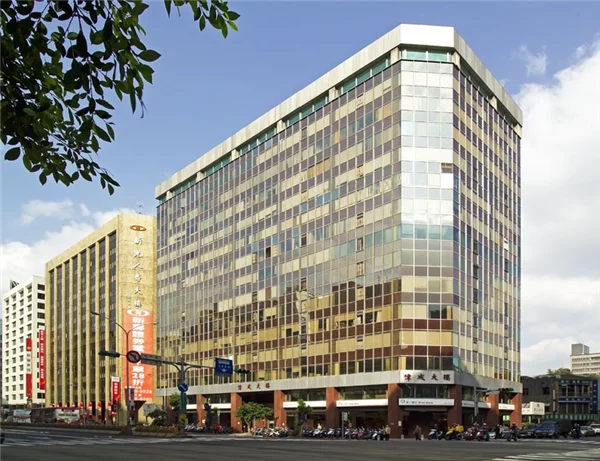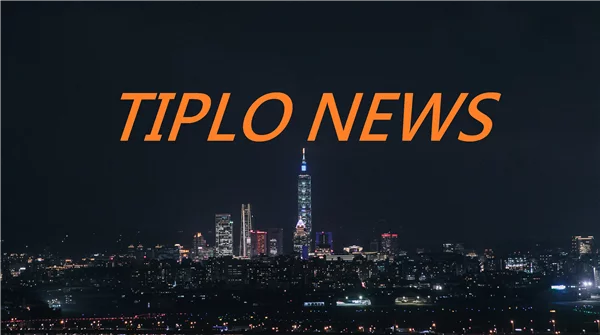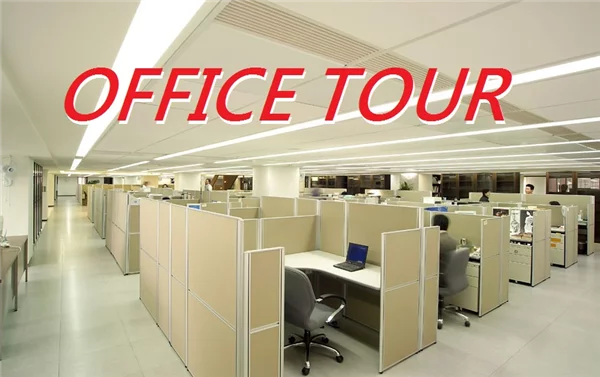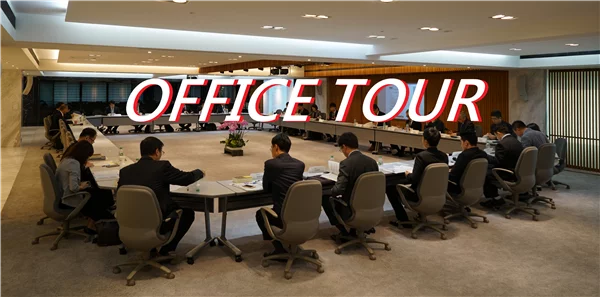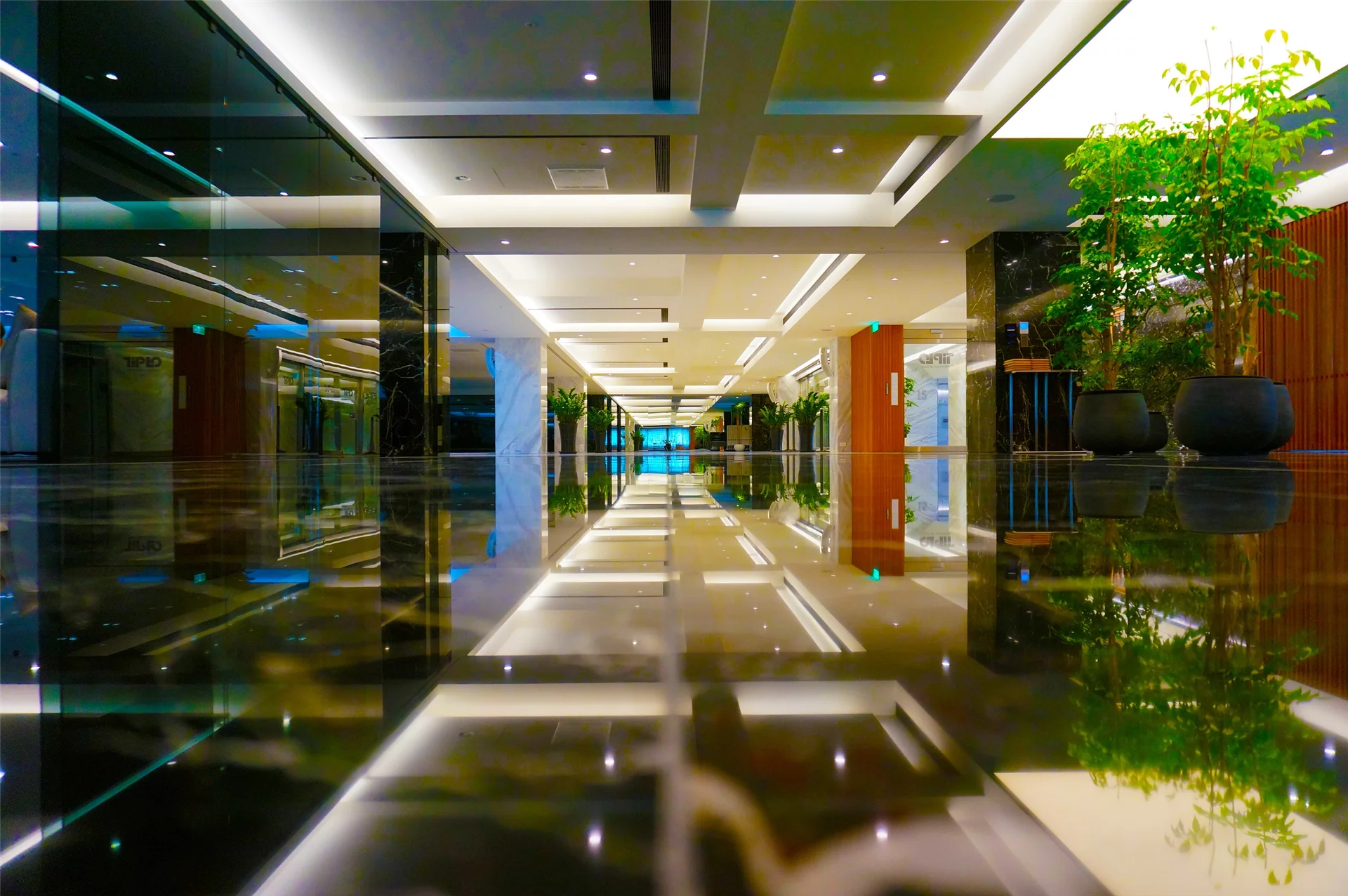Protective Order Introduced into IP Litigation Procedure.
E080529Y6 Jun. 2008(E103)
The IP litigation procedure will adopt the protective order regime based on relevant Japanese practical experience. Where the material produced for the purpose of the IP litigation such as evidence involves trade secret, the holder of the material produced may seek a protective order to protect the secrecy of such material. Once the motion for protection order is granted, no person bound by the order will be able to use the material for any purpose other than the litigation or disclose the protected material in any form or manner to any person not bound by the order. The purpose of introducing the protective order regime is to prevent possible adversity to the business activity and opportunity of the holder of the trade secret.
However, a person bound by the protective order may be free from the operation of the binding effects of the order if he/she can prove that he/she obtained or got hold of the secret in his/her possession through other accesses prior to the protective order application date.
In the past, only cases involving national defense, national security or sex crimes would be heard in camera. Under the IP litigation regime, where the matter involves trade secret, the case will be heard in camera to protect the trade secret of the party concerned. Accordingly, the IP case tried in the IP Court may be heard in camera on request by either party or by operation of the agreement between the parties when either party believes there is threatened divulgence of his/her trade secret in the course of an open trial of the case.
By definition, trade secret includes (among others) methods, know-how, process, formulation, programs, designs or other information used to manufacture, sell products or operate business, which is unknown to others but the holder. The profit-seeking holder of an alleged trade secret must exhaust all possible measures to prevent disclosure of the trade secret entitled to the secrecy claimed in which the actual or potential economic value lies.
The holder of an alleged trade secret seeking the protective order must submit a written request to the court. The written request must identify the trade secret (including details about its kind, nature and scope) and the persons who should be bound by the protective order, and, where applicable, what trade secret is incorporated in the evidence which has been taken or will be taken, the necessity to restrict the use of the alleged secret and what possible harm the divulgence of the secret would result if the alleged trade secret enters the public domain.
Once the motion for protective order is filed with the court, the court may suspend the examination of the alleged trade secret involved until the decision on the motion becomes final with binding effects. Where necessary, the court shall give the respondent the opportunity to be heard and minimize the risk of divulgence of the alleged trade secret. The court will, in principle, allow access to the trade secret to the attorneys representing the parties in the action and unless it is absolutely necessary, neither party to the action will be given access to the trade secret of the other party. Certainly, the holder of the trade secret may include his/her attorney in the list of persons who should be bound by the protective order to prevent disclosure of the trade secret by the attorney.
Any person who is bound by the protective order and acts in violation of the order may be punished with imprisonment of not more than three years, detention, and in lieu thereof or in addition thereto a punitive fine of not more than TWD100,000. Where the offending act doer is the responsible person of a corporate person or the attorney, employee or other serviceman hired by a corporate person or an individual and he/she did the offending act in the course of performing his/her duties, the corporate person or individual will be punished as well.
As to the remedy in case of denial of the motion for protective order, the holder of the trade secret may take an interlocutory appeal. Where the motion for protective order is granted, the holder of the trade secret or the respondent cannot take an interlocutory appeal but seek revocation of the order. This is to prevent the divulgence of the trade secret at hand in the course of the proceeding of the interlocutory appeal, on which there is neither applicable statutory restriction nor legal remedy. (2008.05)
/EMA

